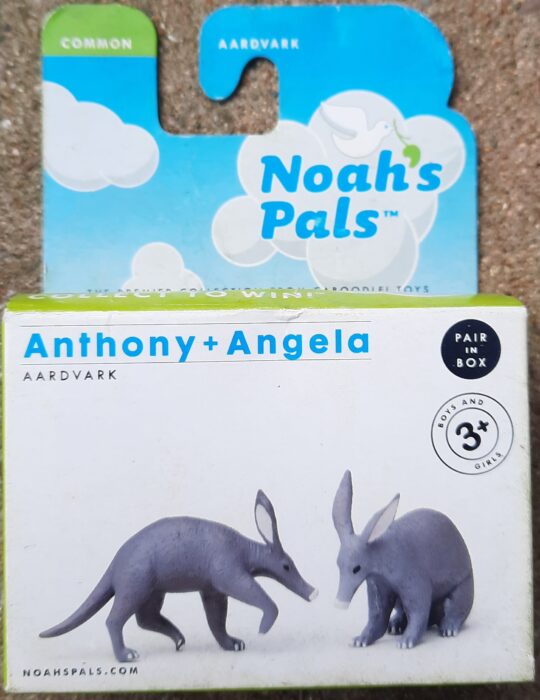Time to head to central and southern Africa for this “Savanah Summer”, as we look into an intriguing omnivore. The aardvark (Orycteropus afer) is the last of the order Tubulidentata, it is a burrowing, nocturnal creature, feeding on ants, termites and the Aardvark cucumber, they are an amazing species, with it’s pig like nose for digging out insects.
Chinhai Spiny Newt (Animals with Superpowers by Yowie Group)
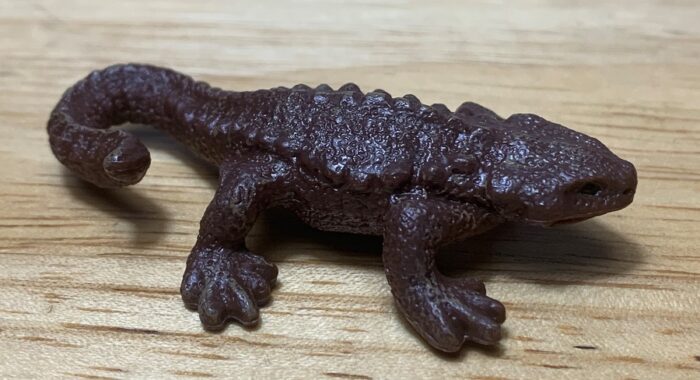
As of this writing, amphibians are the most neglected vertebrate group on the ATB, with roughly a dozen reviews representing them. There’s little that can be done about this however, as aside from a few popular species the group as a whole is rarely reproduced in plastic. Frogs are obviously the most popular amphibians and dominate the toy amphibian market, although most are generic and not assigned to any particular species.
Common Eland (Plastic Zoo Series by Britains)

Welcome back to another “Savanah Summer”!! Over the years, companies across the globe have produced many different species, from Starlux to Safari Ltd. One of the older lines to do this is Britains, a British company that have made all sorts, from toy soldiers to farm and zoo species. They produced some very interesting species, such as this one; the common eland (Taurotragus oryx), the second largest antelope in the world, second to only the Giant Eland.
Rubber Ducky Isopod (Dango Mushi 08 by Bandai)
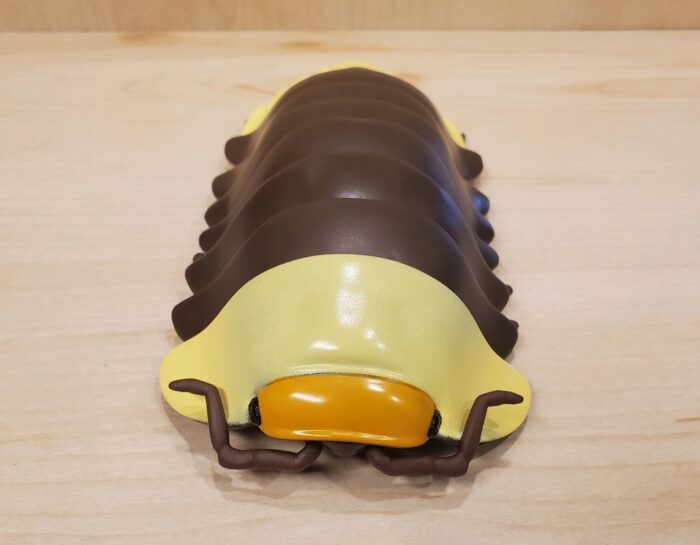
Rubber Ducky is a common name given to a species of Cubaris that was discovered in limestone caves in Thailand in 2017. To my knowledge, the species is still undescribed (I propose C. erniei). Despite this, it is becoming very popular in the hobby of rearing isopods (honestly, until I investigated this figure before buying it, I had no idea isopods were so popular in terraria).
American Alligator (Wild Wildlife by Safari Ltd.)
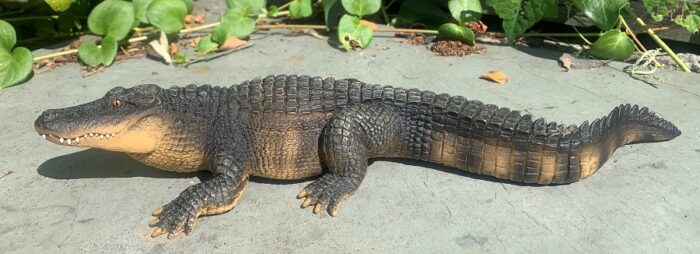
The American alligator (Alligator mississippiensis) is not only a symbol of the American southeast, but also of American conservation. Due to overhunting and habitat loss during the 1800’s through the mid 1900’s the species was listed as endangered in 1967. Then a mere 20 years later, in 1987, it was pronounced fully recovered.
White Rhinoceros, 1996 (Wild Safari Wildlife by Safari Ltd.)
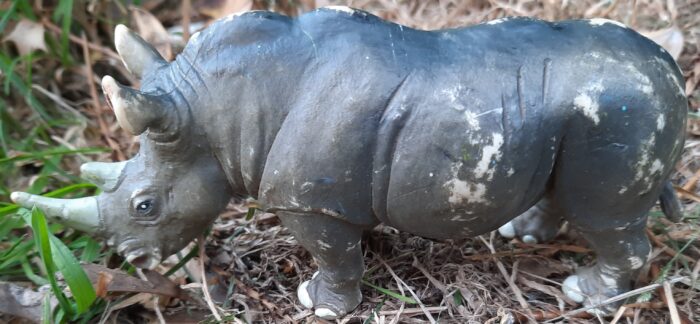
Another ride out on the “Savanah Summer” and we cover a figure of the last of the Big Five African mammals for me to review, the Rhino. In this case, it is the largest of the rhinos, the White Rhino (Ceratotherium simum). There are two subspecies, the more common southern and the near extinct northern, now with only two individuals remain.
Blue Damselfish (Colors of the Animal Kingdom by Yowie Group)

The blue damselfish (Chrysiptera cyanea) is a member of the Pomacentridae family (damselfishes and clownfishes) that inhabits reefs and lagoons within the Indian and western Pacific oceans. It is also included in Yowie Group’s Colors of the Animal Kingdom series. Yowie Group is a company that produces chocolate candy, molded around plastic eggs that contain toy animals.
Dodo and Coelurosauravus (Primeval by Character Options)
Rufous Hornbill (Nayab)
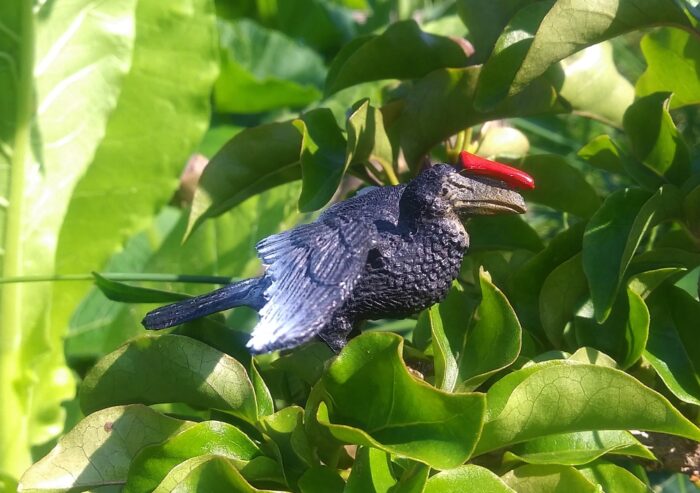
Review and images by Lanthanotus; edited by bmathison1972
Amongst the roughly 10,000 species of birds, the hornbills form a unique family of middle-sized to large birds with strong, downcurved beaks on which many species boast an impressive casque on the upper mandible. Quiet a few species are also very colorful. Despite their striking appearance, the number of toy figures is very (and I mean very) limited and most of these are not easy to track down.
Cape Buffalo (Wild Life Africa by Schleich)

Carrying on with the “Savannah Summer”, I realised that what I should do is cover the big five, five large and rare mammals in Africa. This was originally a term used for big game hunting, as they these five were the hardest to get, but is now used in safaris, being the best to go and see.
Muskox, 2004 (Wild Life Arctic and Antarctic by Schleich)
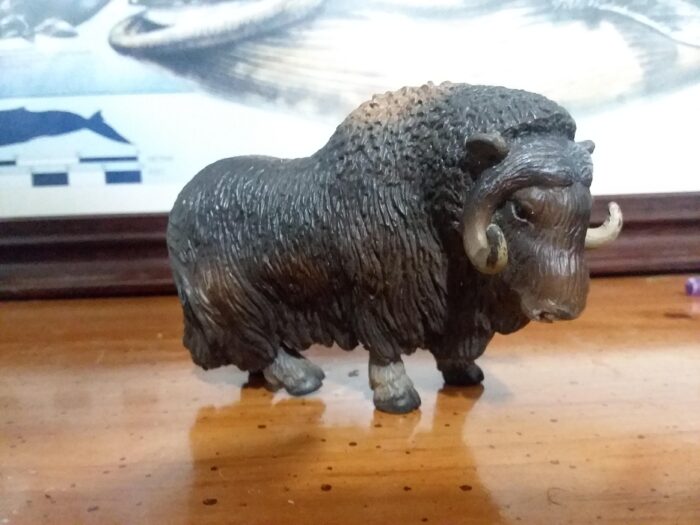
Zebra Shark, juvenile (Wild Water Series by Yowie Group)

Since joining the Animal Toy Forum, the Yowie Group company has quickly caught my attention. The chocolate wrapped eggs they produce offer a wide range of toy animals inside them, many species not readily produced by other companies. For whatever reason I didn’t think I could get these Yowie eggs myself, I thought they were unique to other countries overseas.

